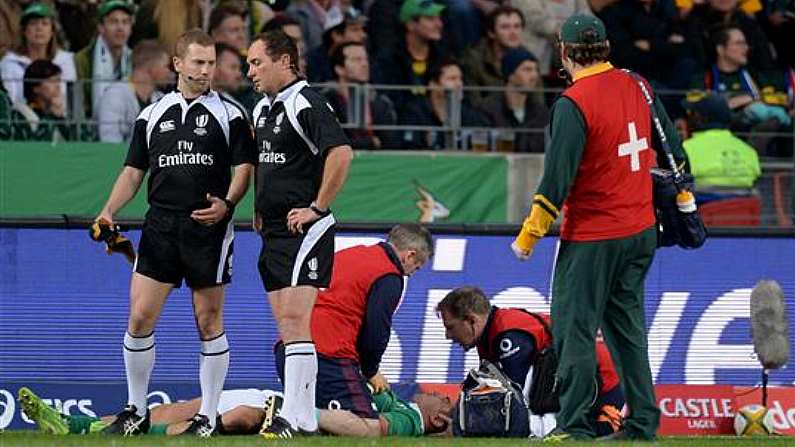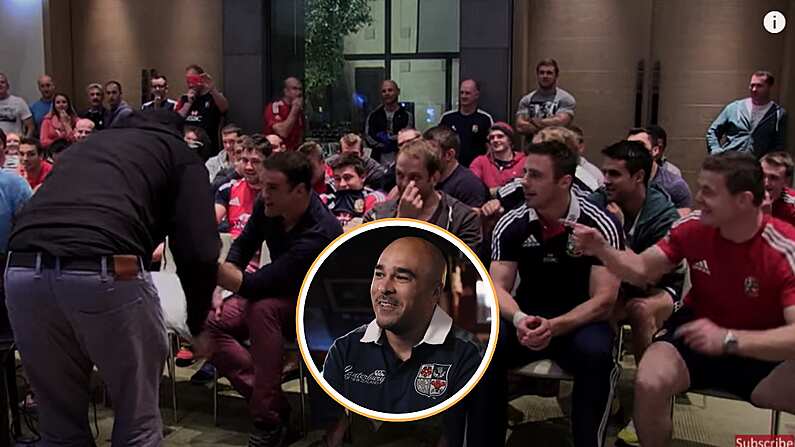By far the most contentious moment of last Saturday's third and deciding test against South Africa was Willie Le Roux's airborne challenge on Tiernan O'Halloran which caused the Irish fullback to crash back down to earth on either his shoulder or neck, depending on your allegiances to South African or Irish rugby.
In light of the red card issued to CJ Stander for a similar incident in the first test, though with entirely different outcomes, those wearing the green jersey in Port Elizabeth felt hard done by that the same measure of punishment wasn't dished out towards the South African number 15.
Given the small margins involved last weekend, it's an entirely plausible argument to make that the Le Roux incident had a huge bearing on the match - and therefore the outcome of the entire test series.
Wallace said:
Emerald eyes here for sure [...] but my personal view was that Le Roux wasn't looking at the player, Tiernan O'Halloran, but I'm sure he knew where he was. He jumped laterally rather than straight up vertically, with one hand. If you look at the way he jumps, that isn't to go straight up and catch the ball in my opinion.
For me, that was a red card - as much as you don't want to see a red card in a test match.
The punishment for a challenge in the air like this is often determined by how much the opposition player is injured as a result. A large part of the reason why CJ Stander was red carded, though he was in fact the player in the air, was a result of the fact that Pat Lambie was knocked unconscious as a result.
It also comes down to fine margins, such as whether the fouled player lands on his neck or his shoulder.
This is something that SuperSport analyst, former Springbok, Hanyani Shimange has issues with.
I think it should be a red card. You can't wait for a player to break his neck and then turn around and say we could have done something about it. Safety is the overriding thing. That is why scrum rules have changed. The high tackle is being punished severely and all the stories about concussion now. Rugby has got to be safe. You don't go out there to get physical disabilities from rugby. It is a game that has got to be played and if it's not going to be safe, then we have to get it out of the game.
As with any sport, the safety of the players is paramount and clearly the rules as they stand leave too much interpretation open to the referee. Until a degree of uniformity is introduced, it will be impossible to remove incidents like this from the game.













